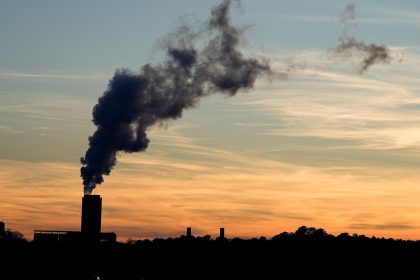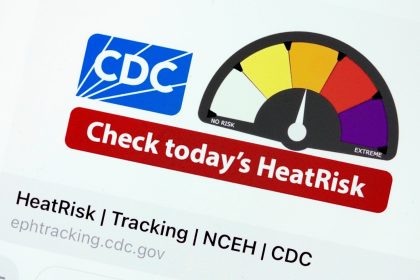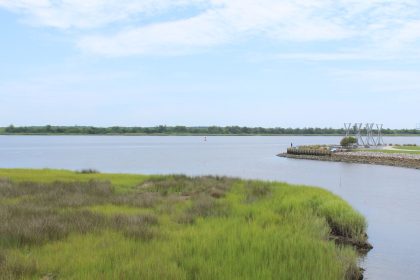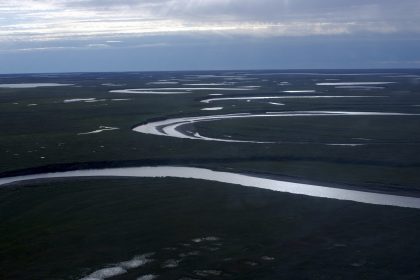Appeals Court Rejects Bid for Stay of ‘Good Neighbor’ Pollution Plan
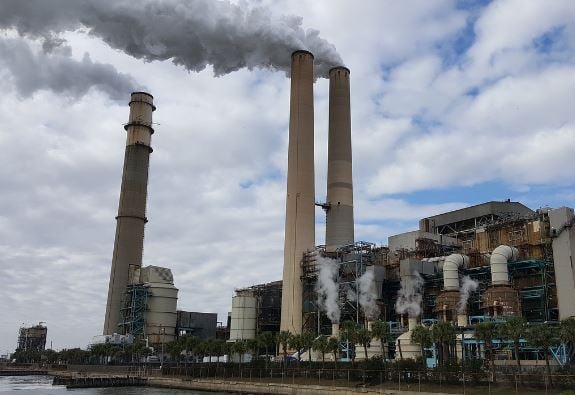
WASHINGTON — The U.S. Court of Appeals for the D.C. Circuit on Monday rejected an attempt by the state of Utah to block the Environmental Protection Agency from enforcing a plan to protect downwind states from smog that blows from power plants within its borders.
The so-called “Good Neighbor Plan” has been one of many points of contention between the state and the EPA since the agency formally rejected Utah’s plan to reduce emissions implicated in neighboring states’ ozone pollution problems last February.
Environmental regulators in Utah have long maintained that summer surges in ozone pollution along the so-called Wasatch Front, a semi-arid region at the eastern edge of the Great Basin watershed, are not necessarily the result of coal-fired power plants operating in the state.
Instead they argue the pollutants, which can cause severe respiratory issues, are as likely to be drifting in from as near as California or blowing in from as far away as China, leaving them helpless to do anything about it.
Utah regulators have also concluded that the significant cost of installing scrubbers, known as selective catalytic reduction equipment, on Rocky Mountain Power’s Hunter and Huntington power plants would exceed the value of the environmental benefits that would result.
Rocky Mountain Power is Utah’s largest energy provider.
Despite these arguments, Utah submitted proposals to the EPA outlining what it thought it could do about the smokestack pollution, but the agency found the plan wanting in many respects.
Among other things, federal regulators said, the state implementation plan included no permanent or enforceable emissions controls.
Under President Joe Biden, the EPA’s good neighbor rule was expanded to require Utah and 20 others states to limit emissions within their borders that are causing excessive ozone and other pollution problems in other states.
After finding Utah’s mitigation plan didn’t pass muster, the EPA published an announcement in the Federal Register that it was imposing a plan requiring the installation of the costly emission controls in Utah’s coal-fired plants.
Utah immediately filed a legal challenge, seeking judicial review of the agency’s decision.
In fact, Utah had long expected to have a legal battle on its hands.
In January, before the conflict with the EPA came to a head, Utah House Majority Leader Mike Schultz, a Republican, filed a motion that vowed the state would “push back on the federal regulatory overreach that threatens our ability to provide power to our state, fuel our economy and maintain a high quality of life for the people [of] the state.”
During Utah’s last legislative session, GOP lawmakers also set aside $2 million to fight the state’s legal battle against the EPA.
The case, State of Utah, et al., v Environmental Protection Agency, et al., is still pending, but environmentalists saw Monday’s decision as a big deal.
“Today’s decision is a win for clean air, public health and the rule of law,” said Noha Haggag, a clean air attorney for the Environmental Defense Fund, which was a party to the case.
“It means we can continue protecting the health of millions of people in downwind states from the dangerous smog being emitted by their neighbors,” she said. “EPA has a long history of protecting downwind states under the good neighbor provisions of the Clean Air Act, and today’s ruling underscores the solid legal foundation of the Good Neighbor Plan.”
Other advocacy groups defending the good neighbor rule include the Clean Air Council, the Clean Air Task Force, Air Alliance Houston and EarthJustice.
Dan can be reached at [email protected] and @DanMcCue



















